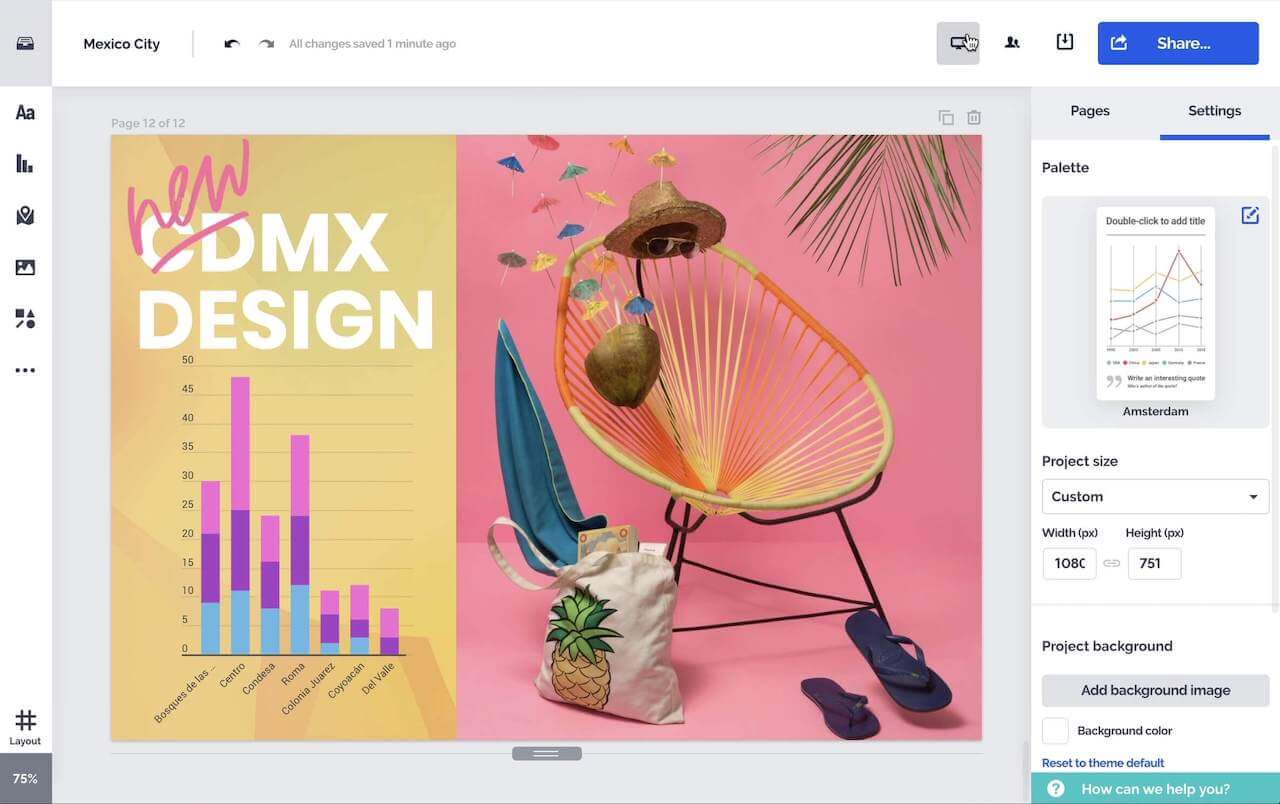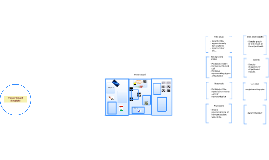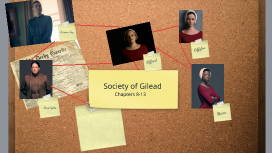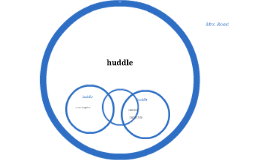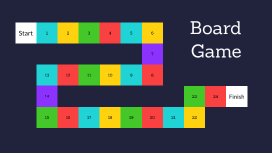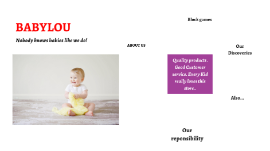board template
Transcript: Serena Joy Offglen Offred Society of Gilead Chapters 8-13 Aunt lydia Moira Rita Subject: Serena Joy Serena Joy a mysterious individual given such power purely by being with the comander. Displaying a noticable amount of dislike towards the handmaids, possibly even paranoia towards the commander. A very cruel individual, one that seems to be trapped by her own society she aided in creating. Wife of the Commander Subject: Offred Offred: one of a more newly recuited handmaid and newer citizen of Gilead, she has little experience of being a handmaid. However she will soon understand she is a gifted individual, one of the special individuals that can bare the life of a child. She has participated in the ceremony as accordingly, a obedient handmaid doing as she sho Handmaid Ofglen One of the eariler handmaids of the commander, along side being the pair to offred when the commander requests for groceries. Comunication between her and Offred have been established, as they return from grocery shopping they pass by bodies. Another obedient handmaid stating "under his eye" as a handmaid should. Handmaid Moira Moira, a handmaid that Offred has a past with. Offred seems to have had flashbacks of the times she spent with her. She appears to be a more uncooperative handmaid compared to the rest, an individual that is more rebellious as she attemps to escape from Gilead unsucessfully, she was punished and beaten in the hands. Handmaid Aunt Lydia Aunt Lydia, a individual that posseses power as well. Being the one who diceplines and teaches the handmaids, shes is privilaged with being able read and write in order to teach the handmaids. She is a very government abiding person and follows as she is ordered very dedicated to the Gilead's socital system. Aunt of the handmaids Rita A servant to the commander, she does all the cooking for the commander. Her relationship with Offred isn't very pleasant, seeing Offred as someone born with a gift in this society being able to procreate. Whereas a Martha like her cannot seeing herself as common compared to Offred. Martha





